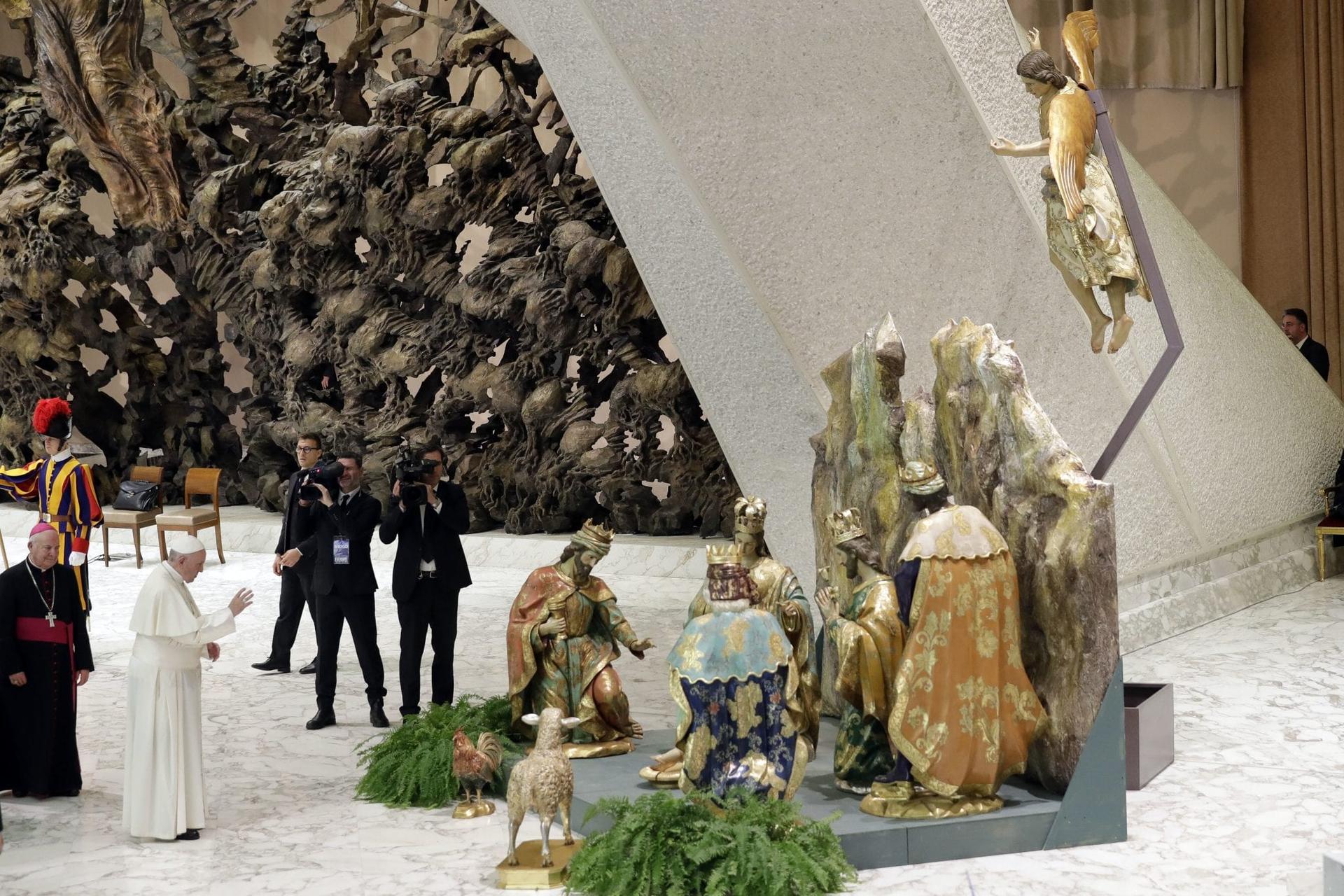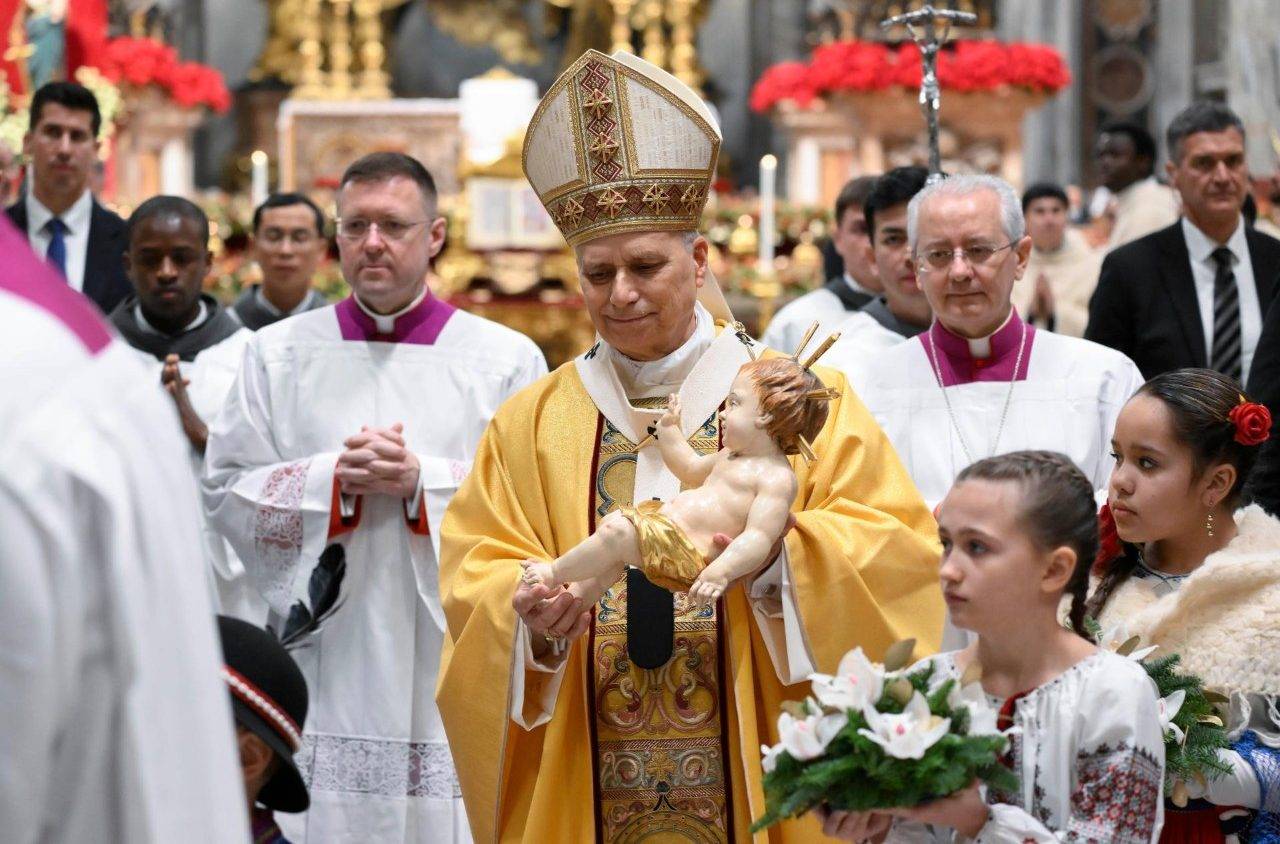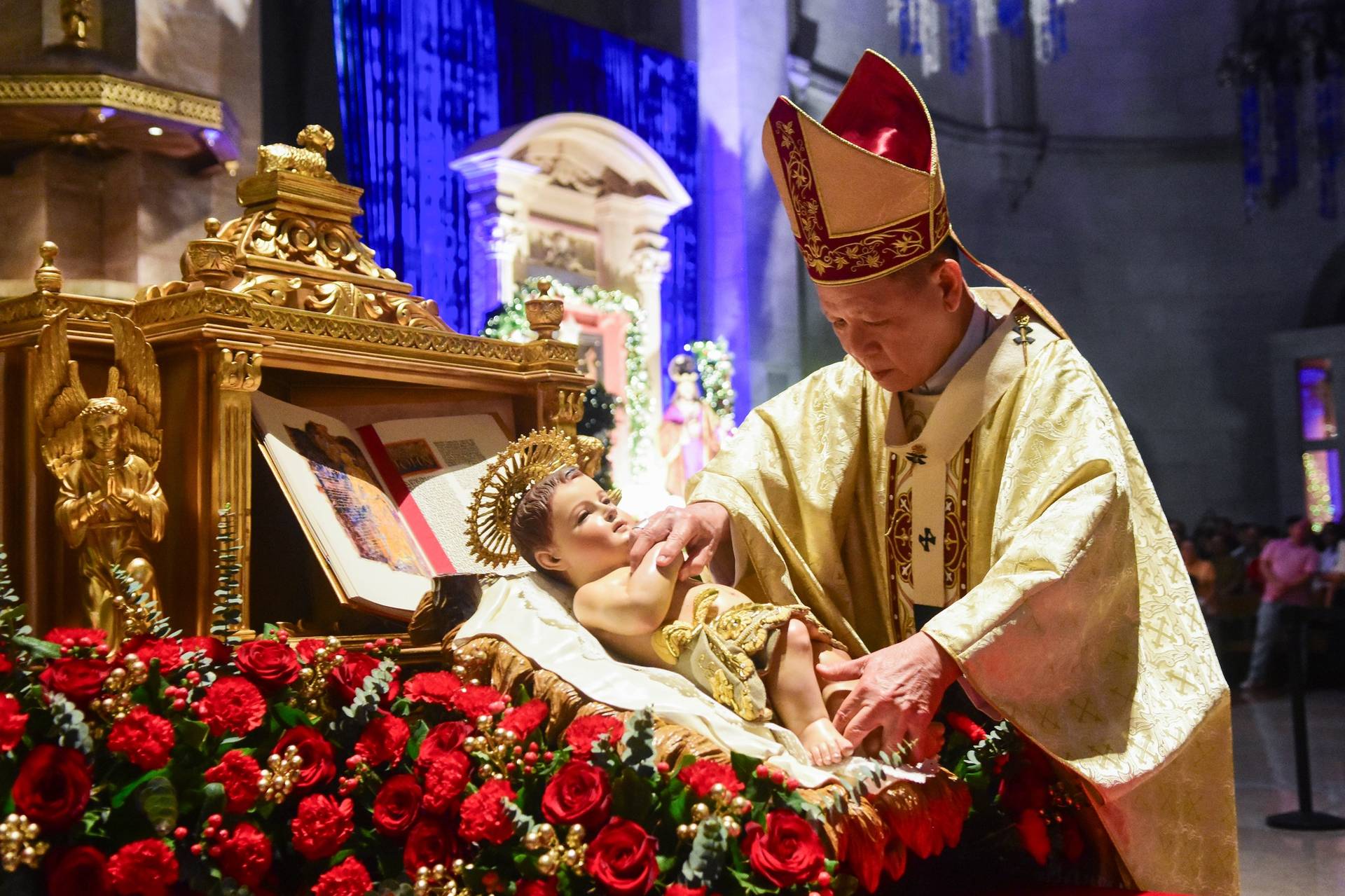ROME – In a document signed in the city where the Nativity crèche was born, Pope Francis on the first Sunday of Advent urged Christians to keep the “beautiful family tradition” of preparing these scenes in the days before Christmas, but also to keep the custom of setting them up in the workplace, in schools, hospitals, prisons and town squares.
In many secularized countries a battle over acknowledging Christmas as the celebration of the birth of Christ is ongoing, and in the United States it’s become an object of contention, with nativity scenes being almost banned to private, indoor spaces in many venues.
“Great imagination and creativity is always shown in employing the most diverse materials to create small masterpieces of beauty,” Francis wrote. “As children, we learn from our parents and grandparents to carry on this joyful tradition, which encapsulates a wealth of popular piety. It is my hope that this custom will never be lost and that, wherever it has fallen into disuse, it can be rediscovered and revived.”
Francis signed the apostolic letter Admirabile signum, on the meaning and importance of the nativity scene, on Dec. 1st in the Italian hill town of Greccio, where St. Francis of Assisi, the pontiff’s namesake, created the first crèche back in 1223.
In the letter, he said that the poor are “a privileged part” of the mystery that is the birth of the Son of God in a humble manger. Today, too, Francis wrote, the poor are often “the first to recognize God’s presence in our midst.”
“By being born in a manger, God himself launches the only true revolution that can give hope and dignity to the disinherited and the outcast: the revolution of love, the revolution of tenderness,” he wrote. “From the manger, Jesus proclaims, in a meek yet powerful way, the need for sharing with the poor as the path to a more human and fraternal world in which no one is excluded or marginalized.”
Earlier on Sunday, as he addressed the thousands of faithful who had gathered in St. Peter’s Square for his weekly Sunday Angelus, Francis had said he wanted the letter to help Catholics prepare for Christmas.
The letter was signed on the first day of Advent, the liturgical season that marks the days of preparation until Christmas, Dec. 25.
Admirabile signum tells the story of that first Nativity, which the “Poor Man of Assisi” had commissioned to a friend, a carpenter by the name of John. As the pontiff wrote, on Christmas day 1223, St. Francis said Mass “over the manger, showing the bond between the Incarnation of the Son of God and the Eucharist. At Greccio there were no statues; the nativity scene was enacted and experienced by all who were present.”
With the simplicity of that gesture, according to the pope, St. Francis carried out “a great work of evangelization,” one that continues today to touch the heart of Christians, offering a simple but authentic way of portraying “The beauty of our faith.”
Francis also wrote that the reason why Christians are so moved by the nativity crèche is because it is a representation of God’s love for humanity: “the Creator of the universe lowered himself to take up our littleness. The gift of life, in all its mystery, becomes all the more wondrous as we realize that the Son of Mary is the source and sustenance of all life.”
God the Father, he wrote, made Jesus “our brother” who comes to seek those who are confused or lost and also a loyal friend who is always present.
“He gave us his Son who forgives us and frees us from our sins,” Francis wrote.
The pontiff then moved on to reflect on the different elements of the nativity crèche, from the landscape that should include mountains, perhaps the ruins of some houses, and also streams, sheep and shepherds, because “all creation rejoices in the coming of the Messiah.”
“Unlike so many other people, busy about many things, the shepherds become the first to see the most essential thing of all: the gift of salvation,” he wrote. “It is the humble and the poor who greet the event of the Incarnation.”
Of indisputable presence in the scene are Mary and Joseph, as well as baby Jesus, often placed in the crib made of hay on Christmas Eve.
“The birth of a child awakens joy and wonder; it sets before us the great mystery of life,” Francis wrote. “Seeing the bright eyes of a young couple gazing at their newborn child, we can understand the feelings of Mary and Joseph who, as they looked at the Infant Jesus, sensed God’s presence in their lives.”
Set up either on Dec. 8, when the tree and nativity scene are traditionally put in homes and churches, or as the feast of Epiphany approaches in early January. Also in the scene are the Three Kings, the wise men who, Francis argued, should invite Christians to reflect on the fact that all are responsible in spreading the Gospel.
“Each of us is called to bear glad tidings to all, testifying by our practical works of mercy to the joy of knowing Jesus and his love,” he wrote.
The Vatican’s own nativity set is being put together in St. Peter’s Square at the moment, to be inaugurated Dec. 5th. The scene will be made entirely out of wood. At least 20 larger-than-life painted wooden figures representing the Holy Family, the Magi, shepherds and animals will populate the scene, which will also include broken tree trunks salvaged from severe hurricane-like winds and torrential rains that affected the northeast Italian region of Vicenza in late 2018.
Follow Inés San Martín on Twitter: @inesanma
Crux is dedicated to smart, wired and independent reporting on the Vatican and worldwide Catholic Church. That kind of reporting doesn’t come cheap, and we need your support. You can help Crux by giving a small amount monthly, or with a onetime gift. Please remember, Crux is a for-profit organization, so contributions are not tax-deductible.
















